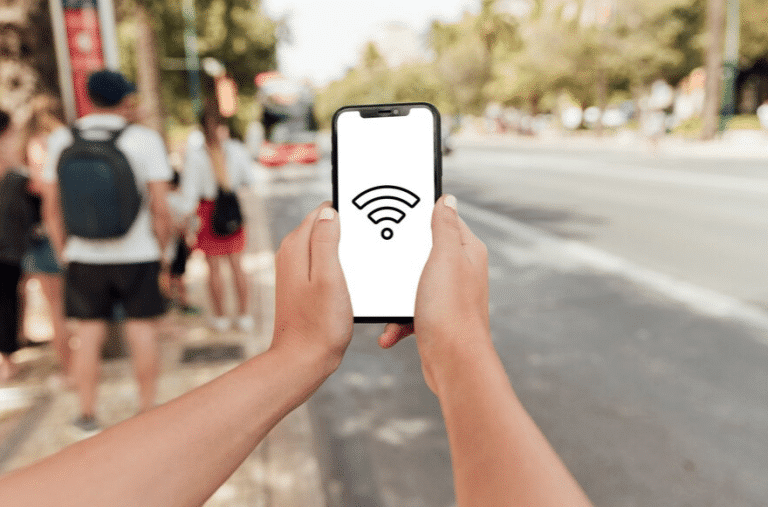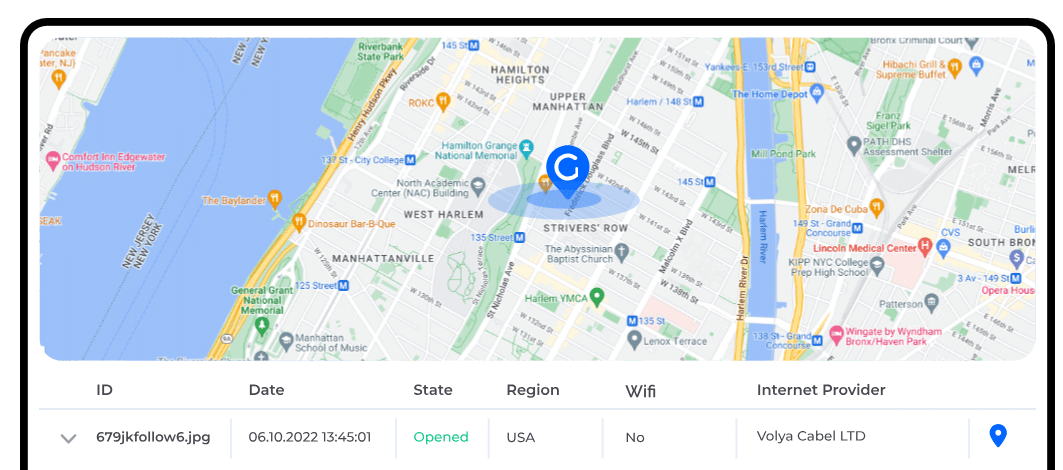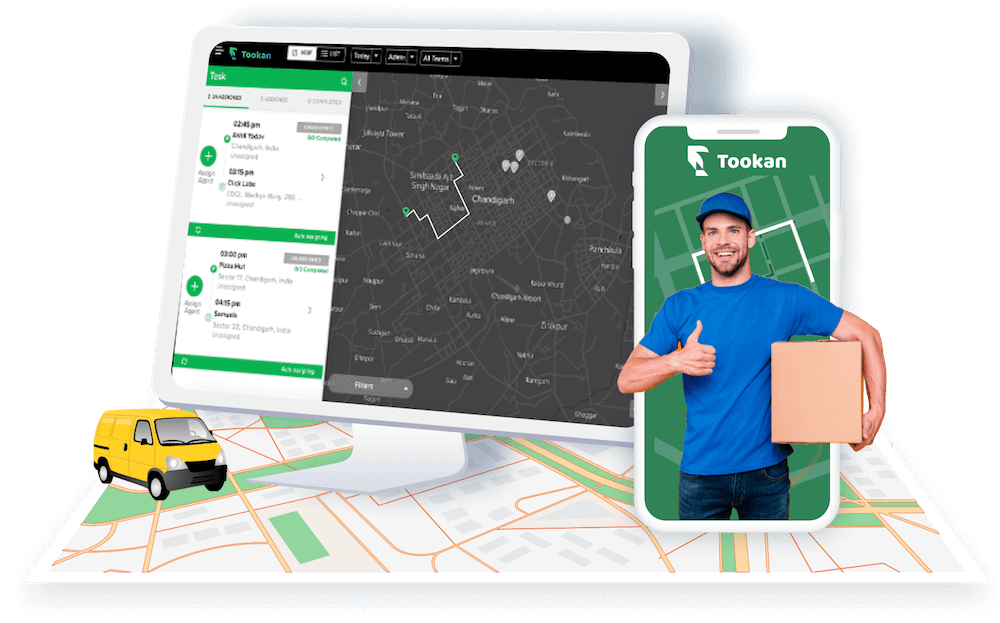In today’s rapidly evolving business landscape, the ability to effectively use digital tools can significantly impact an organization’s efficiency and competitiveness. Digital adoption platforms (DAPs) are increasingly crucial as they facilitate smoother transitions and higher proficiency in digital environments.
These platforms are designed not just to train users but to enhance ongoing interaction with complex systems, ensuring that all employees can navigate and utilize software to its fullest potential.
Effective digital adoption goes beyond mere software training; it embeds the knowledge directly within the workflow, making digital tools accessible and understandable for every user. This approach minimizes resistance and maximizes efficiency by reducing errors and support costs.
As organizations grow and evolve, the scalability provided by robust digital adoption tools becomes indispensable, ensuring that new technologies and processes are quickly embraced across the board.
Moreover, the right digital adoption tools can dramatically improve the return on investment in technology. By accelerating the speed at which employees become proficient with new software, businesses can see quicker and more effective results. This not only boosts productivity but also enhances employee satisfaction, as workers feel more competent and valued in their roles.
Market Overview: Understanding the Competitive Landscape
For organizations looking to adopt a digital adoption solution, it is crucial to understand the competitive landscape. A variety of platforms offer different features, pricing models, and support structures. By assessing the strengths and weaknesses of these platforms, businesses can choose a solution that best fits their needs.
In this context, it’s beneficial for decision-makers to explore comprehensive analyses of the market, including detailed comparisons of available tools. These comparisons help highlight how different platforms can meet various business challenges and user needs, providing a clearer path to choosing the most suitable solution.
The digital adoption market has been growing rapidly. The market was initially dominated by WalkMe, recently acquired by SAP, but companies such as VisualSP, Whatfix, and Pendo have each carved out their own market segments. VisualSP, in particular, has gained a lot of attention due to its ease of use and fast onboarding.
For businesses exploring alternatives to platforms like WalkMe, it’s crucial to consider a wide range of factors including functionality, customer support, and integration capabilities. Such an approach ensures that businesses are well-equipped with the knowledge to make an informed decision that aligns with their digital strategies.
Evaluating Digital Adoption Platforms: What to Look For
When selecting a digital adoption platform, several key features must be considered to ensure it aligns with an organization’s specific needs. Usability is paramount; the platform should have an intuitive interface that simplifies complex processes and encourages users to engage with it. Customization is also crucial, as the ability to tailor the platform to fit unique business processes and roles can significantly impact its effectiveness.
Integration capabilities are another critical factor. The best digital adoption platforms seamlessly integrate with a variety of software systems, including ERP, CRM, and HRM applications. This integration ensures that users receive real-time guidance and support across all digital tools, enhancing their overall digital experience without the need to switch between different support resources.
Additionally, analytics and reporting features are essential for monitoring progress and identifying areas where users may be struggling. These insights allow organizations to make informed decisions about where to focus their training efforts and how to adjust the digital adoption platform to better meet users’ needs.
By providing detailed data on user engagement and efficiency, digital adoption platforms help businesses optimize their digital workflows.
Strategic Implementation: Best Practices
Implementing a digital adoption platform requires careful planning and a strategic approach. Begin by defining clear objectives and outcomes for what the adoption platform should achieve. This could include improved user efficiency, reduced error rates, or faster onboarding times for new employees. Setting these goals upfront will guide the selection and customization of the platform.
Stakeholder engagement is another critical element of successful implementation. Ensuring that every part of the organization, from IT to end-users, is involved in the process can help mitigate resistance and increase overall buy-in. This includes providing training and resources to help stakeholders understand the benefits and functionality of the platform.
Finally, continuous improvement should be part of the implementation strategy. As businesses evolve and new technologies emerge, the digital adoption platform should adapt to meet changing needs. Regular feedback loops and updates will keep the platform relevant and valuable, ensuring it continues to meet the organization’s objectives and enhance user experience.
User-Centric Design: Enhancing User Experience
The design of a digital adoption platform should focus on the user experience, ensuring that it is engaging, intuitive, and helpful. Good design simplifies the user interface and workflow, making digital tools easier to navigate and reducing cognitive load. This not only speeds up the adoption process but also increases the likelihood that users will continue to engage with the platform long term.
Personalization is a key component of user-centric design. By offering personalized content and support based on individual roles, departments, or experience levels, digital adoption platforms can address specific needs and challenges, making the learning experience much more relevant and effective.
Accessibility is also crucial. Ensuring that the platform is accessible to all users, regardless of their technical skills or disabilities, is fundamental. This includes designing for various devices and screen sizes, as well as providing support for different learning styles and paces. By accommodating a diverse user base, organizations can ensure that no one is left behind in the digital transformation journey.
Advanced Features: Interactive Guidance and Support
One of the defining features of effective digital adoption tools is interactive guidance. This includes step-by-step walkthroughs, contextual help, and real-time problem-solving. Such features actively guide users through processes within the application they are using, providing support exactly when and where it is needed.
For example, platforms that offer in-context learning can dramatically reduce the learning curve for new software. Instead of static manuals or separate training modules, users receive guidance directly within their workflow, making it easier to understand and remember how to perform tasks.
Interactive tools also adapt to user responses, offering additional support or resources when a user makes an error or takes longer than usual to complete a task. This responsive design ensures that each user’s unique needs are met, enhancing the overall effectiveness of the digital adoption platform.
Securing a Successful Digital Future
Choosing the right digital adoption tool is a critical decision that can have a profound impact on an organization’s ability to succeed in a digital-first world. By focusing on user needs, integrating seamlessly with existing technologies, and providing ongoing support and analytics, the right tool can transform digital challenges into opportunities for growth and innovation.
In an era where digital proficiency is a key differentiator, investing in a robust digital adoption platform is not just about enhancing current operations—it’s about securing a successful digital future. With careful selection and strategic implementation, organizations can ensure that their digital adoption efforts lead to tangible improvements in efficiency, satisfaction, and overall business performance.

























 Once you’ve downloaded the app, it’s time to start choosing which sports to bet on. For the most part, the mobile apps and the 1Win application among others offer the same sports as the PC version. More than 35 sports, and that’s not even including video game betting are available to users. These include:
Once you’ve downloaded the app, it’s time to start choosing which sports to bet on. For the most part, the mobile apps and the 1Win application among others offer the same sports as the PC version. More than 35 sports, and that’s not even including video game betting are available to users. These include: Betting tactics may differ for those who prefer betting via computer and mobile phone. With the 1Win app, the boundaries of gambling are expanded and users get new opportunities. We have collected the most popular strategies if you decide to download the mobile betting app.
Betting tactics may differ for those who prefer betting via computer and mobile phone. With the 1Win app, the boundaries of gambling are expanded and users get new opportunities. We have collected the most popular strategies if you decide to download the mobile betting app.
 The journey of online casinos from the first experimental platforms to today’s high-tech venues can be described as rapid and impressive. In the early 1990s, when the internet was just beginning to enter mainstream use, the first attempts to create virtual gambling appeared.
The journey of online casinos from the first experimental platforms to today’s high-tech venues can be described as rapid and impressive. In the early 1990s, when the internet was just beginning to enter mainstream use, the first attempts to create virtual gambling appeared. In addition to the entertainment component, UK casinos have quite a strong impact on the psycho-emotional state and social behaviour of players. Let’s consider the main aspects of this impact:
In addition to the entertainment component, UK casinos have quite a strong impact on the psycho-emotional state and social behaviour of players. Let’s consider the main aspects of this impact:


